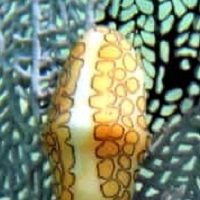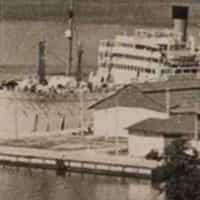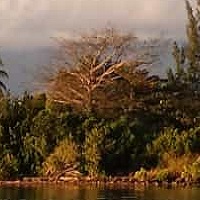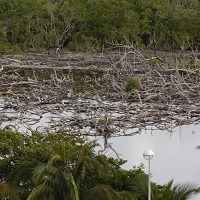Sargassum contamination and consequences for downstream uses: a review
Damien A. Devault, Ronan Pierre, Hélène Marfaing, Franck Dolique & Pascal-Jean Lopez
Abstract
Sargassum spp. are brown algae present in the tropical and subtropical waters of the world’s oceans. Benthic or pelagic, Sargassum spp. represent substantial amounts of biomass when drifted and massive beaching events also named “golden tides” are challenging for environmental and tourism managers. The Sargassum spp. biomass can be regarded as offering economic opportunities; however, micropollutant contamination counteracts this wealth. This review describes the contaminant uptake processes and the concentrations reached by various Sargassum species in regard to national and international norms for a variety of applications. Amongst the heavy metals, perhaps total arsenic content is the most salient: phytoaccumulation of arsenic is due to confusion in the phosphate transporter between arsenic and phosphate, thus leading Sargassum spp. to bioaccumulate arsenic actively. The levels reached could well give cause for concern across all potential applications, in particular for human and animal use. Similarly, there are concerns for the widespread applications or disposal of this biomass due to environmental impacts in the case of storage, landfill or composting. Organic micropollutants are too rarely studied to assert that there is global contamination. However, research studies focused on Sargassum spp. contamination confirmed environmental threats. But, without exhaustive analysis of routine algae contamination, the standard contamination level cannot be defined. Treating beach-cast or drifting Sargassum spp. as a waste is a Gordian knot, in that it involves investment, work and disposal surfaces, whilst not necessarily providing environmental and economic gains. However, Sargassum spp. are a raw material, a resource rich in a broad variety of constituents that could be processed for commercial applications or which could be used for production of energy. In this paper the authors review the diverse applications that can be considered and describe the relevant regulations and norms related to contaminants and effluents that need to be taken into account. However, if valorizing Sargassum spp. is currently valuable and promising, the quality of the raw material is a key starting point because fresh and sand-free algae are required: offshore gathering solutions need to be developed in order to limit Sargassum sp. contamination by pollutants from land so as to hinder algae decay.








